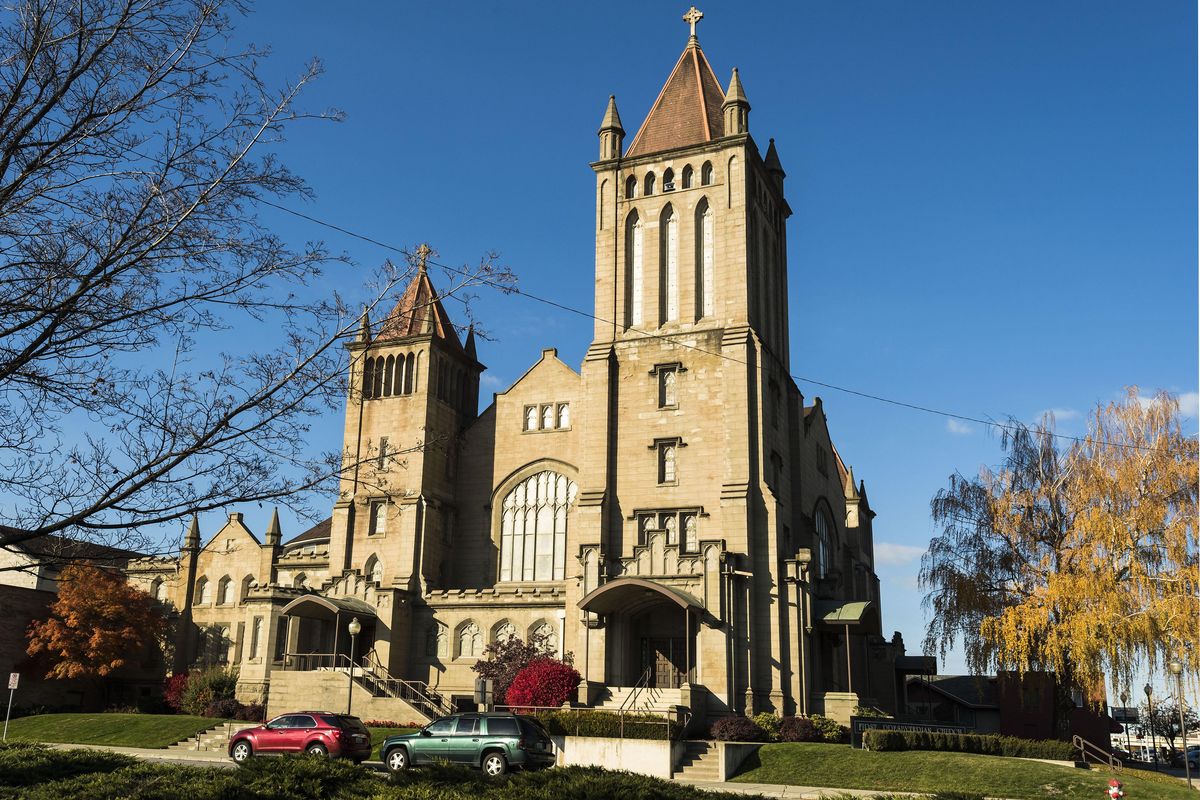Then and Now: Cannon Mansion

Anthony McCue Cannon, born in 1837 in Illinois, was a restless young man in search of business ideas. He made and lost fortunes in Kansas City, Los Angeles, and Portland, where he had married and divorced.
In 1878, Cannon and J.J. Browne moved to Spokane and purchased half of the townsite of Spokane Falls from James Glover for $3000, starting with a $50 downpayment.
Cannon, who had remarried, and Browne took over James Glover’s general store and the adjacent sawmill. Cannon started Spokane’s first bank, the Bank of Spokane Falls, in the back of the store. With no formal license or charter, he began taking deposits and making loans.
Glover, Browne and Cannon also founded the Spokane Chronicle.
In 1880, Cannon and his wife, and her five children, moved to Cedar St., near 4th Ave.
In 1883, Cannon moved their house across 4th Ave. and built a magnificent Victorian mansion. Completed in 1884, it had 22 rooms, including a ballroom, a billiards room, bathrooms with bathtubs and a carriage house. The house had forced air heat, gas lights and a fountain in the yard. There was a staff of nine servants.
The mansion became the talk of the town and the center of social life in Spokane.
The great 1889 fire, which spared the house, destroyed much of Cannon’s holdings. To recover, he tapped his bank’s deposits and any financing he could find to restart his business and complete the Auditorium Building and his “marble bank” building.
But during the financial panic of 1893, his creditors called his loans and Cannon lost everything, including the house. In the midst of these losses, his wife Jennie died unexpectedly.
Evicted and penniless, Cannon left Spokane to find new business opportunities. He died two years later of a heart attack in New York City in 1895. He was 58. The First Presbyterian Church, where Cannon was once a trustee, bought the mansion and property in 1907 and the house was moved to make room for the new church. The old house served as an apartment house until it was damaged by fire in 1937 and torn down.